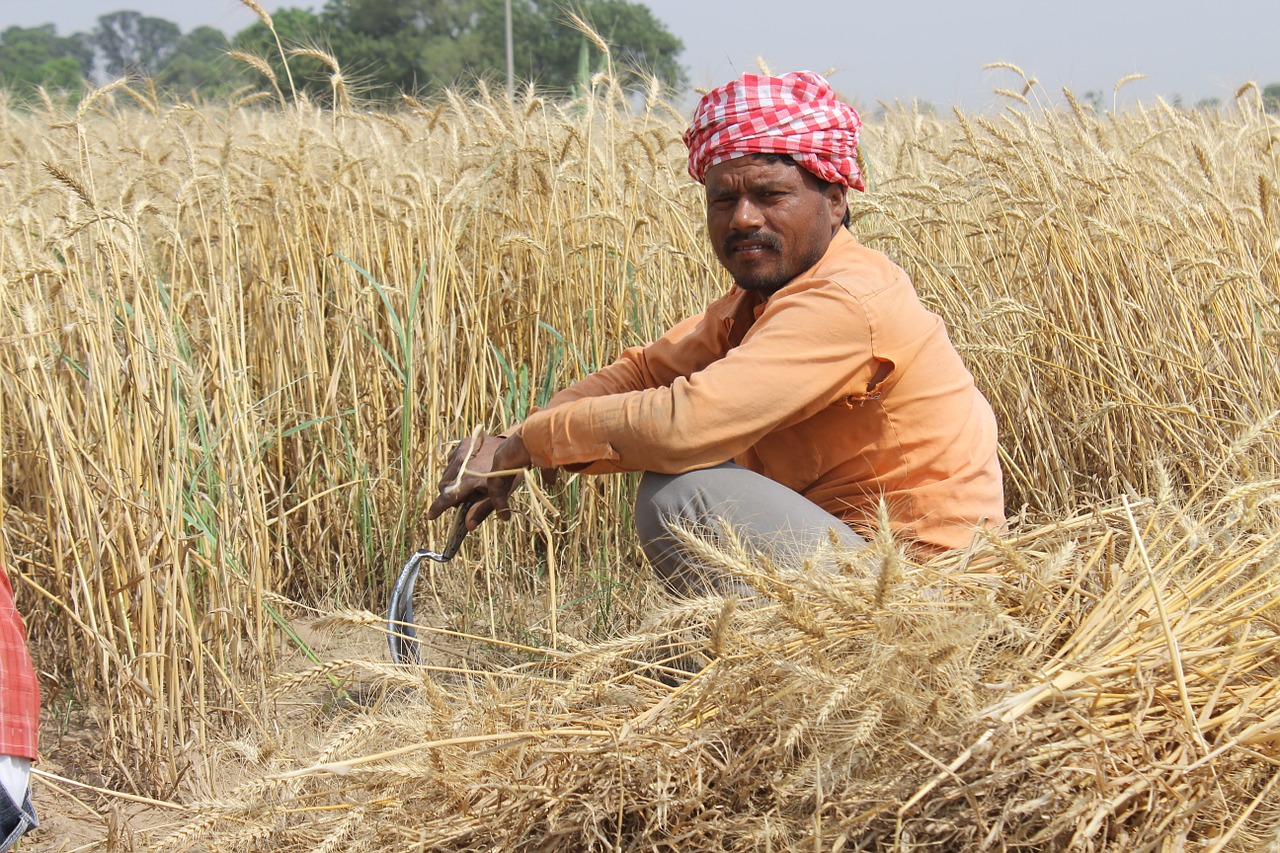This is the second in a two-part series exploring the level of transnational involvement in the recent Indian election. The last article touched upon political and emotional transnational involvement in the state of Punjab. This article delves into the implications of economic transnationalism on the economy and political culture of India.
Swift economic growth over the past few years has brought global attention to the Indian economy. The country is classified as one of the G-20 major economies: it has been growing rapidly for the past two decades, with 7% growth in Gross Domestic Product (GDP) last year, and is estimated to be the world’s third largest economy by 2025. Substantial economic growth in India seems to indicate that the country is, in general, on the right track. However, hiding behind the figures is an extensive dependence on transnational capital and Non-Resident Indian (NRI) involvement.
In fact, India’s economy is heavily shaped by outside support. The country receives more economic remittances than any other country in the world. NRIs make up less than 1% of India’s population, but send US $70 billion to India annually, which accounts for over 4% of India’s GDP.
What hides behind the heavy contribution of economic remittances is a dangerously inert Indian government. There remains an obligation on the part of the Indian government to generate wealth creation strategies that engage all segments of India’s population, as well as drive more capital expenditure for sustained growth. Currently, large segments of India’s population rely on remittances to survive their financial situation, and this in turn creates strong economic figures to bolster the Indian government. It is also troubling that economic remittances represent close to 25% of the Indian government’s entire yearly planned expenditure – this signifies both the heavy level of external involvement as well as narrow government spending.
Another issue hiding behind favourable economic figures is the extensive and growing gap between the richest and poorest segments of India’s population. India is the second most unequal country (just after Russia) according to the Global Wealth Report with 1% of the population owning 58% of the wealth in the India. In fact, there are just 50 billionaires who control wealth equal to 20% of India’s GDP. On the other extreme, close to 60% of the population lives on about $3 USD a day.
Given that close to half of remittances sent by NRIs are sent to the top 25% of India’s population, NRI involvement aids the growing wealth gap. While India’s economy shows favourable growth, glaring income inequality continues to grow and marginalize a massive segment of India’s population. An idle government leaves a huge risk for the entire population unless better, more extensive political intervention can curb the extreme income inequality and support the entirety of the Indian population.
Of the 29 states in India, the four that receive the most amount of economic remittances are: Kerala, Uttar Pradesh, Punjab, and Tamil Nadu. In fact, these states are among the most remittance-dependent economies in the world. The remittances take several forms, from money sent back to family and friends, to philanthropic endeavours in one’s origin city, and as was discussed last week, to political elections to drive election results. However, close to 40% of economic remittances go towards household maintenance for NRI family and friends who currently reside in India (rent, groceries, school fees). This point again raises the need for government action to support the population in attaining basic household items.
Turning specifically towards Punjab, a heavy dependence on economic remittances again masks issues of poverty and a lack of domestic opportunities for wealth creation. The majority of the state of Punjab relies on the farming of wheat, rice and cotton, which make up a stagnating industry. Many farmers are forced to take high-interest loans to avoid bankruptcy – and when they are not able to pay off the loans, they either commit suicide or develop heavy drug dependence. In fact, in the last 15 years, 10,000 farmers have committed suicide and close to 5,000 farmers have died from drug abuse.
For many farmers, economic remittances are the sole reason they are able to sustain their livelihoods. On an individual level, economic remittances are providing a better quality of life for those who receive them. However, the large scale implications of the economic remittances have led the government of India to remain idle against the waning farming industry in Punjab, and its alarming consequences such as farmer suicides and drug abuse. In recent years in Punjab, NRI remittances have increasingly been poured into development projects in the state such as schools, welfare societies and hospitals, as opposed to individual household expenditure. NRI economic involvement is increasingly shaping Punjab for the better, but also diminishing the responsibility of the state and central government.
NRIs provided heavy support of the Aam Aadmi Party during the last election in Punjab, which included funding and campaigning for the party. While external influence on elections is criticized as undermining the democratic process, the heavy NRI involvement in the Punjab election has larger implications for India. The altruistic motives of the NRIs advocating for the AAP again represents a failure on the part of the prominent political parties making up the Indian government to provide a fair and just electoral platform. External capital expenditure may have been the only way to dissolve the stronghold Congress and Shiromani Akali-Dal had on the state of Punjab. It will be interesting to watch how NRIs across the world continue to support and advocate for change back home, and if this will fundamentally shift local politics.
Photo: Wheat fields in Punjab (April 26, 2015), by Jeevan Singla via Pixabay. Licensed under Public Domain.
Disclaimer: Any views or opinions expressed in articles are solely those of the authors and do not necessarily represent the views of the NATO Association of Canada.




